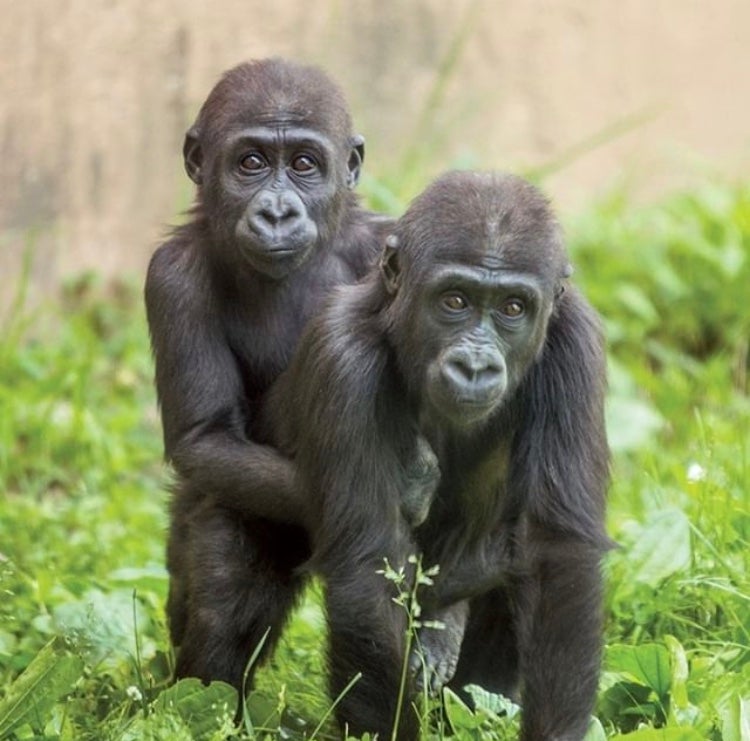Shuttered Philadelphia Zoo celebrates new baby critters in Mother’s Day video
The zoo may be closed to humans during the pandemic, but that hasn't stopped animal moms and their newborns from celebrating this Mother's Day.
Even though you can’t see the Philadelphia Zoo’s newest habitants in-person right now, a video in time for Mother’s Day celebrates the animal moms and their newborns.
This spring, the zoo has welcomed black and white ruffed lemurs, Andean geese, Sebastopol geese and, of course, the viral sloth bear cub — the first to be born in Philly in more than 20 years — who debuted in March on the zoo’s Facebook Live program, Philly Zoo @ 2.

The video spotlights many of these animals and their mommas — including Kira and Honi, two busy gorilla moms raising toddlers Ajabu and Amani.
“Our staff has been very busy with a host of new births at the Zoo,” said Andy Baker, the zoo’s chief operating officer. “We look forward to welcoming our guests back to visit our new additions.”

In April, the zoo enlisted the help of Philadelphians in choosing the sloth bear cub’s name, based on the keeper team’s set of possible names, connected to the sloth bear’s native land in India, Sri Lanka and Nepal.
After a week and 200,000 votes — the favorite was Keematee, meaning “precious” in Hindi, fitting as sloth bears are listed as a vulnerable creature by the International Union for Conservation of Nature.

April was a busy month for many of the zoo’s feathered friends in Bird Valley, with both the Andean and Sebastopol geese hatching six eggs each.

Andean geese — who have distinct skunk-like black and white features after hatching — are referred to as “cows with feathers,” since they’re naturally herbivores. They’re native to their namesake mountains in Chile, Bolivia, Argentina and Peru and spend more time on land than in water.

The species is generally well protected and not seen as a vulnerable population due to inaccessibility, but unregulated hunting and egg collections can have an impact.

Philly Zoo @ 2 continues daily — where you might get a chance to catch some of these critters live and in action.
WHYY is your source for fact-based, in-depth journalism and information. As a nonprofit organization, we rely on financial support from readers like you. Please give today.






